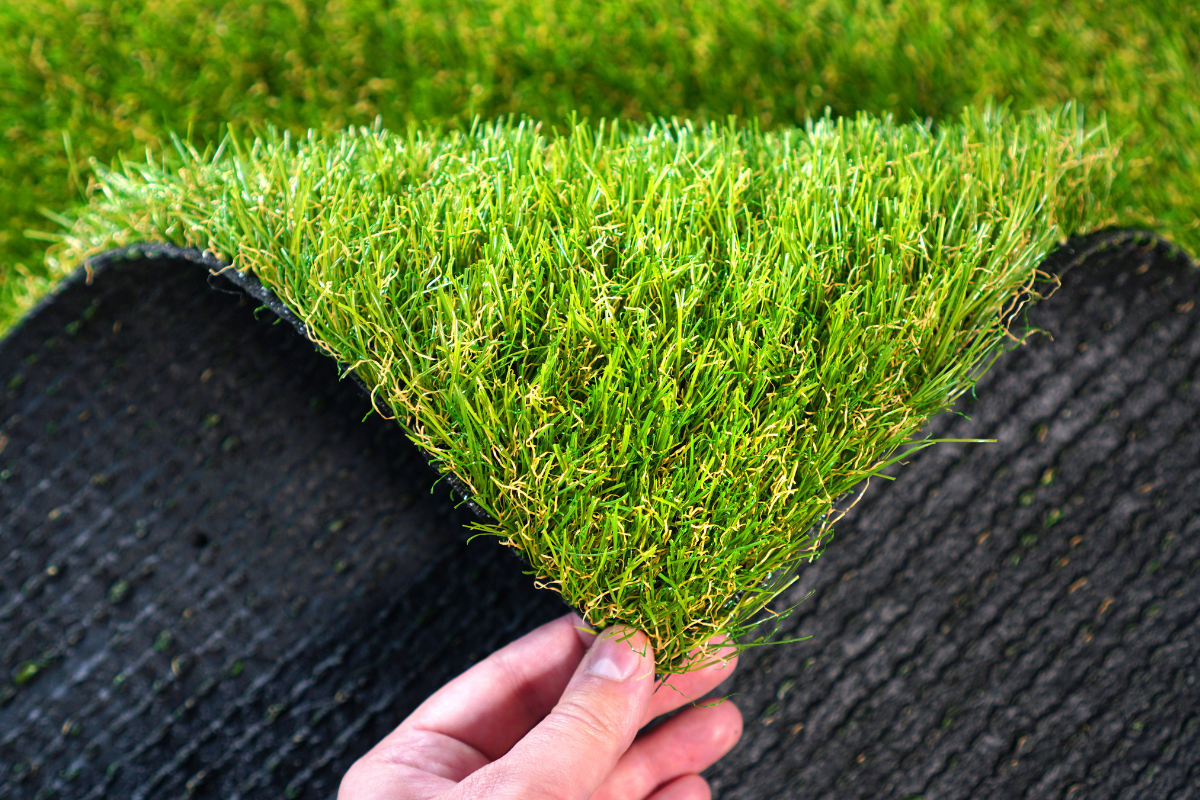Originally printed in The Hour as a response to the paper’s editorial team tackling the dangers of artificial turf in “Grass vs. turf on school fields is no game” (Oct. 11, 2023).
Like junk food, artificial turf may seem like a convenient, easy fix. But think again. Astroturf is billed as maintenance-free, yet it still requires upkeep and needs to be replaced in as few as 10 years. It’s costly to install—$20 per square foot—and near impossible to recycle once it does break down. The average athletic field contains approximately 40,000 pounds of plastic carpet and 400,000 pounds of infill. The fake product remains in the ground forever once it ends up in one of Connecticut’s already overstuffed landfills.
The plastic used to make artificial grass is usually petroleum-based, which means that its manufacture contributes to air pollution and greenhouse gas emissions. Chemical analysis of artificial turf conducted at Yale University found 96 chemicals, 20 percent of them probable carcinogens. In addition, fake turf contains highly toxic PFAS, or “forever chemicals,” linked to lower childhood immunity, endocrine disruption and cancer. The little black crumbs often used to soften what Vince Lombardi called “fuzzy cement” are in large part made from old tires and create further health and environmental problems.
Fake turf prevents rain from percolating into the soil, causing runoff problems, ruining soil health and harming wildlife. Because on-field temperatures can spike as high as 160° F under the summer sun, astroturf also contributes to the Island Effect—hot spots in urbanized areas—the opposite of grass.
Natural grass playing fields are an even more healthful option when municipalities ban the use of toxic pesticides on school grounds, as Norwalk did in 2022. They’d be even more sustainable if, as Friends of Animals advocates, communities required groundskeepers to switch from gas-powered equipment to electric mowers, blowers, and other lawn-care gear. Fake grass has no place in the real world.
Get updates and action alerts from Friends of Animals by joining our email list.

